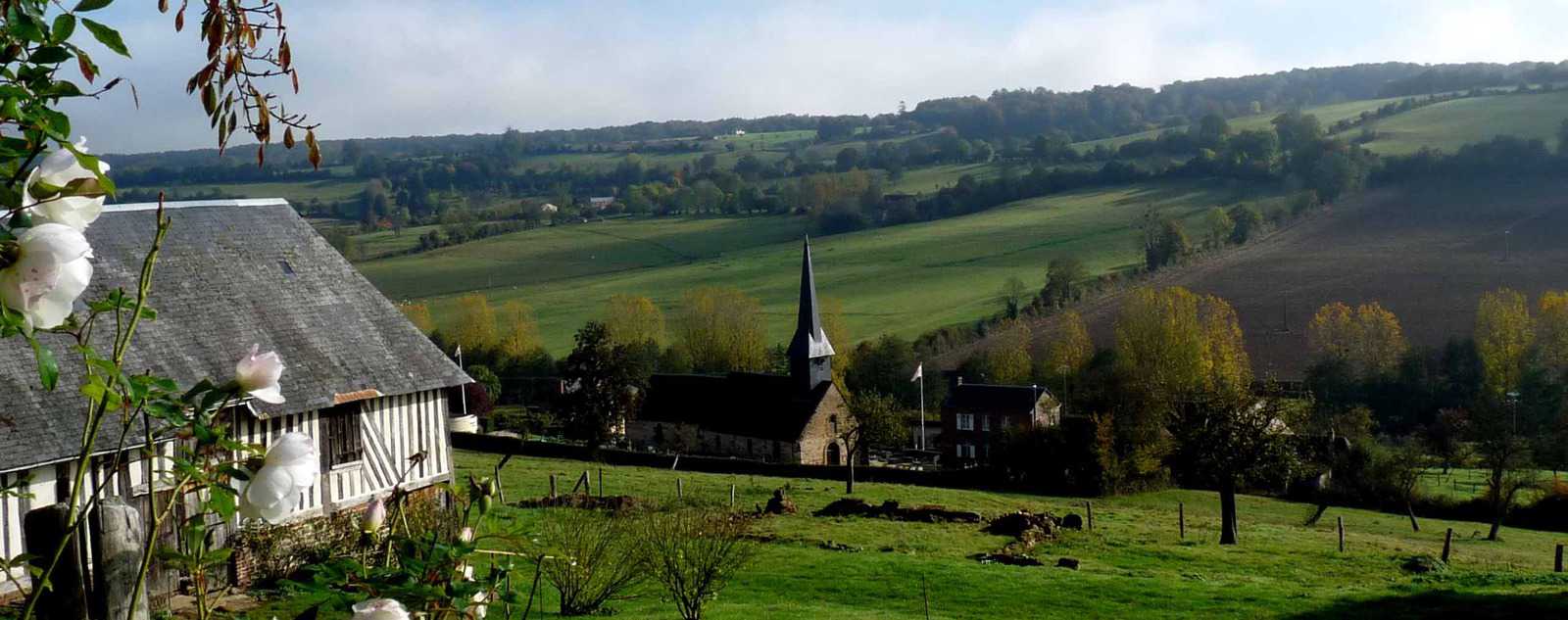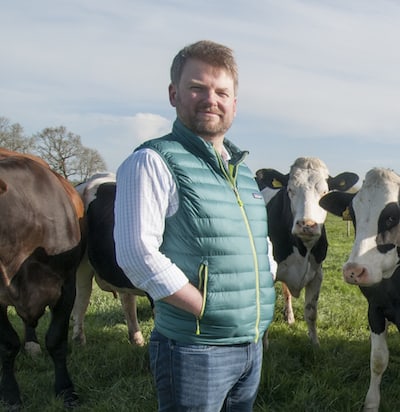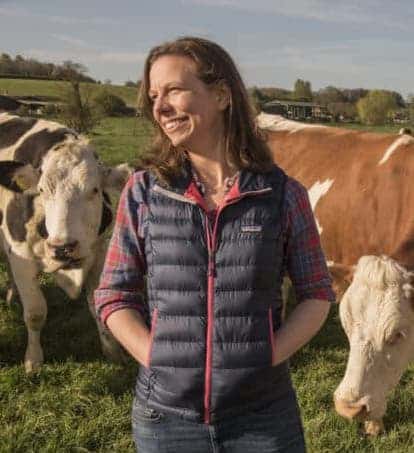
Camembert is, for many, the essential soft cheese. And Appellation d’Origine Protegée (AOP)-certified Camembert de Normandie, the raw-milk version that hails from northern France, is an object of pilgrimage for many Americans, as legal restrictions on the sale of young raw-milk cheeses mean that it can only be enjoyed in its truest form in Europe, or smuggled home in a suitcase.
But even in its birthplace, the prized raw-milk version is under threat, as progressively more cheese is produced at tremendous scale. For huge factories, the requirements for making cheese worthy of the protected Camembert de Normandie name—including the use of raw milk and a ladle to slowly mold the curds—are not cost-effective. In 2017, only 6% of Camemberts made in Normandy were sold with the AOP seal.
All that is about to change. For years, the biggest players have been lobbying to weaken the rules to allow them to more easily produce AOP Camembert de Normandie, which merits extra prestige and a higher price tag. In 2006, they lobbied unsuccessfully to allow heat-treated milk, arguing that it was too difficult to make the raw-milk version safely at a huge industrial scale. Still eager to exploit the higher prices and prestige of the AOP cheese, the large producers began labelling their cheeses as Camembert fabriqué en Normandie (“made in Normandy”) and show pictures of the ladles required for AOP production on their non-ladled, mass-produced cheeses, causing an uproar amongst the producers of their protected counterparts.

Camembert Village. Photo Credit Lesley Williamson
But the appellation authorities have just announced a new agreement, drafted with members of the industry: As of 2021, the AOP requirements will be relaxed and pasteurized, non-ladled Camembert de Normandie AOP will become the norm. The specialty cheese world has responded with shock. Véronique Richez-Lerouge, president of the Fromages de Terroirs Network, summed it up best: “What [dairy multinational] Lactalis dreamed of in 2006 has now been offered on a silver platter: the possibility of manufacturing an industrial camembert with pasteurized milk as part of the appellation…The reality is that we gave the keys to the Camembert de Normandie AOP to Lactalis!”
The value of the protected name and the AOP seal is in how the cheese is marketed. Under the current system, customers can easily tell the difference between the two versions. With all cheeses called AOP Camembert de Normandie, consumers looking for the higher grade of cheese will need to search out so-called “véritable (authentic) Camembert de Normandie.”

As shocking as it is, this change was not hard to anticipate. In our book Reinventing the Wheel: Milk, Microbes, and the Fight for Real Cheese, Camembert is a case-study for what happens when a cheese evolves—as even the true raw-milk Camembert de Normandie has—to depend on the flavors of added microbial cultures for its character. Farmhouse production of cheese within Normandy has been pushed to near-extinction: Camembert de Normandie is already a cheese of the factories. This latest development simply eliminates any pretense of the use of raw milk or time-honored methods in its production.
So when, in 2021, Camembert de Normandie AOP appears on supermarket shelves across the United States, don’t be fooled: It will be the same mass-produced cheese that’s already on those shelves today, dressed up in new and deceptive packaging.
Sources of raw-milk farmhouse Camembert and Brie-style cheese
Bronwen and Francis Percival are the authors of Reinventing the Wheel and advocates for microbial diversity. Click here to learn more about them.






Benoit: There was the Camembert «Isigny Sainte Mere» that is an AOP camembert from Normandie.
https://wccc.myentries.org/contest/results/?event=61&eventClass=841
There wasn’t an AOP Product in competition for this contest
Another bad news for AOP camembert: An industrial Quebec made, soft-ripened, camembert style cheese made from pasteurized mlik, «L’extra» has just been chosen the best world camembert, in front of one of the finest AOP camembert from Normandie. Big industrial producers win, artisanal, small scale producers loose. Not a very exciting direction for fine cheese.